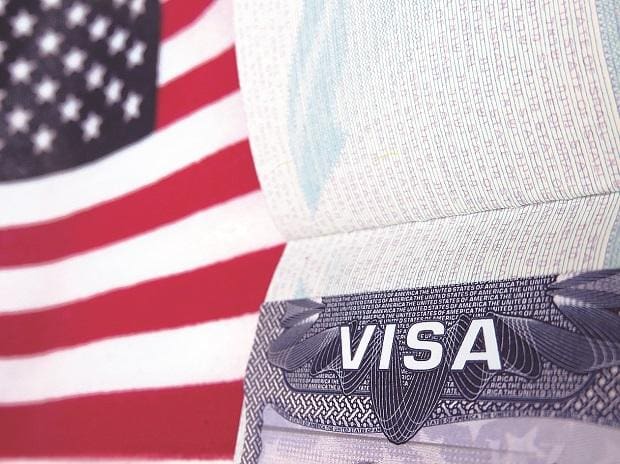EB-5 visas are sought by HNIs seeking permanent residency in US
Romita Majumdar | Mumbai | February 28


America’s leading EB-5 Regional Center, US Immigration Fund (USIF), is encouraging Indians to apply for their EB-5 visas as early as possible given a possible change to the EB-5 program later this year and a tightening of other visa categories.
“The requirements to be a qualified investor include one million dollars of net worth and a legitimate source of funds for the principal investment. The EB-5 Program could be expected to receive significant legislative changes by March 23, 2018. Now is the time to invest at the lower investment amount,” said Andrew Graves, the head of USIF’s India Operations.
The US Congress created the EB-5 Program in 1990 to enable high net worth foreign investors to obtain a US visa for the investor and their immediate family by investing a minimum of $500,000 (Rs 32.6 million) in a US business that will benefit the economy by creating a minimum of 10 permanent US jobs.
EB-5 has been under congressional review in the US and the investment amounts are expected to increase. According to the National Law review (US), there is a proposal to increase the minimum investment amount to $925,000 for projects in the new definition of targeted employment areas and increase all other projects by another $25,000 to more than $1 million.
The EB-5 visa enables students and families to acquire a permanent US Green Card in a shorter time than H1-B, EB 1A/B/C, EB-2, and EB-3visa holders. In addition, the EB-5 visa allows students and immediate family members to obtain conditional US residency within 16-18 months, which can potentially give them access to lower in-state tuition rates and higher acceptance rates for prominent universities around the country.
An immigration analyst, who did not wish to be quoted, said that even as Indian professionals aiming to work in US struggle to make sense of H1B regulations, it is highly unlikely that they will go for EB5 visas instead as the minimum investment amount itself is unaffordable for most applicants and it remains a preserve of high net worth individuals (HNIs).
Shan Chopra, Managing Partner of The Chopras Group and partner of USIF notes, “A large number of our initial clients have done this purely to obtain access to the United States, not necessarily to migrate to the U.S.”
The EB-5 Program was seldom used until the global financial crisis in 2008-09 where many real estate developers looked for alternative sources of cheaper capital. Per USCIS data, Indian EB-5 visa applicants have consistently increased in recent years with 174 petitions filed in 2017, a 57 per cent increase from 2015.
USIF plays a key role in the EB-5 process. The investment firm pools EB-5 capital from individuals and invests the pooled capital in highly qualified EB-5 projects in real estate with leading developers from New York City, New Jersey, California and Florida.
“EB5 applicants may include those settled in Middle east or students of wealthy Indians’ (parents) who do not wish to come back to India post studies or in some cases, IT professionals who are not able to get extension on their H-1 or L-1 applications,” said Ajay Sharma, President Abhinav Outsourcing, a visa consultancy firm. He added that while the program has been receiving lots of coverage since last one year, fact is that high interest from India is not getting converted into higher number of filed EB5 applications.
USIF holds the exclusive rights for raising and investing EB-5 capital for several large-scale residential and commercial real estate projects. USIF’s 24 EB-5 projects will total roughly 18,000 EB-5 green cards arising from 6,000 investors and their families, numbers unmatched within the EB-5 industry.
The number of USIF Indian investors quadrupled from 2016 to 2017 and the number of investors in 2018 is expected to increase to more than 200 given that the investment amount does not change said USIF .